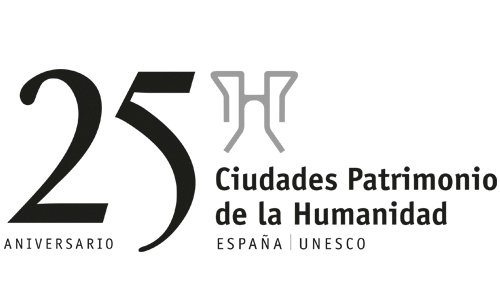Discovering the ancient Augusta Emerita through its archaeology is the common way. However, there is another way, which usually goes unnoticed: its religious history, which involves getting to know the city as a pilgrim and visiting late ancient Hispania, Visigothic and Mérida Santiaguista's most influential Church.
This historical city is credited with the honour of being founded by Octavious Augustus, the most powerful man of ancient times, as a colony for veteran legionaries. It is also credited for being an example of the metropolis in the Roman Empire most western province. In addition, it has specially been favoured not only by its magistrates and governors, but also by the imperial family patrons, going from Agrippa to really notable people from the Constantinian era. It also became Hispania’s capital in the 4th century. However, this would not do justice to the importance this city had in Middle Ages, when the whole classic world seemed to be falling apart. Nevertheless, Emerita preserved the glory found in Ancient Rome thanks to the Christian community.
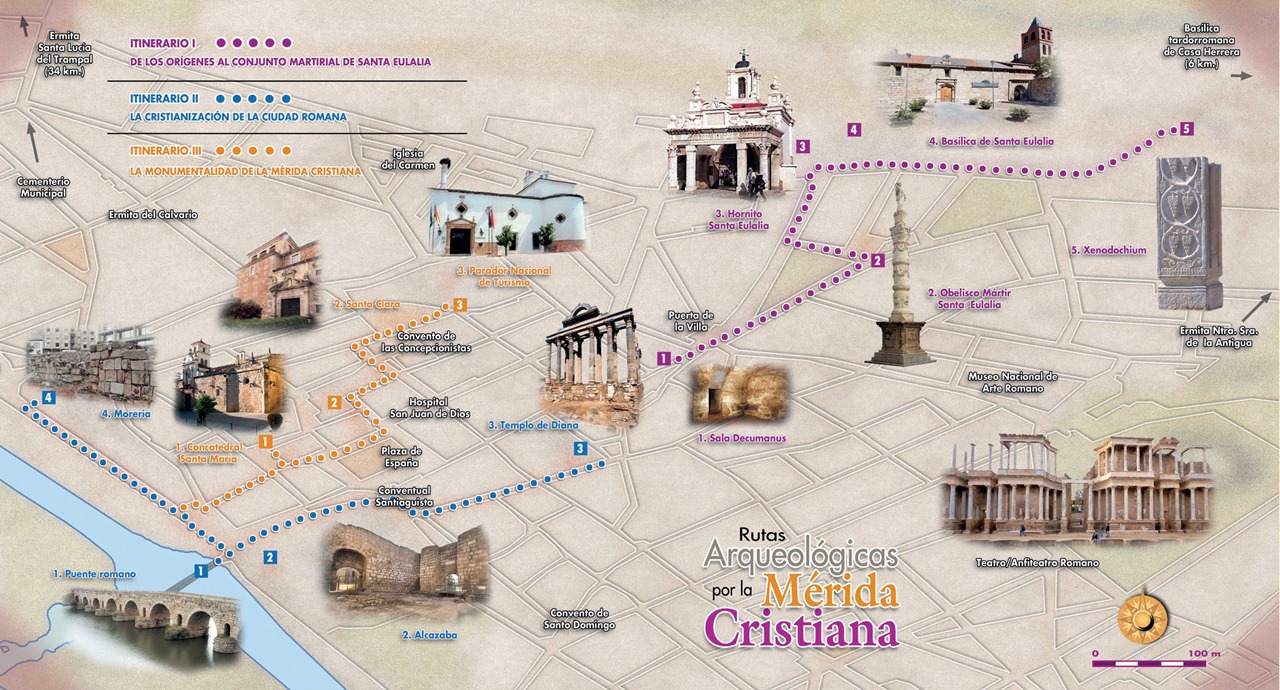
Devotees from the Peninsula, Gaul and Northern Africa went on a pilgrimage to Emerita to pray and express their enthusiasm towards martyrs from Mérida, especially towards Eulalia. And, just the same way Toledo concentrated political power with the Visigoths, Emerita’s bishopric was consolidated as the guardian of the first holy place in Hispania and Eulalia became the first patron of some Christian kingdoms, but then Santiago de Compostela took over.
After the city was reconquest, it was decided not to go a step back and not to restore the episcopal see and, nor the ancient pilgrimage routes to the Basilica of Santa Eulalia. But, nevertheless, it was allowed and encouraged to be a devotee to their Martyr.
As any other ancient metropolis, Mérida has paid attention to the needs of the living and the dead. That is the reason we cannot walk though this town without approaching the religious heritage of Mérida.


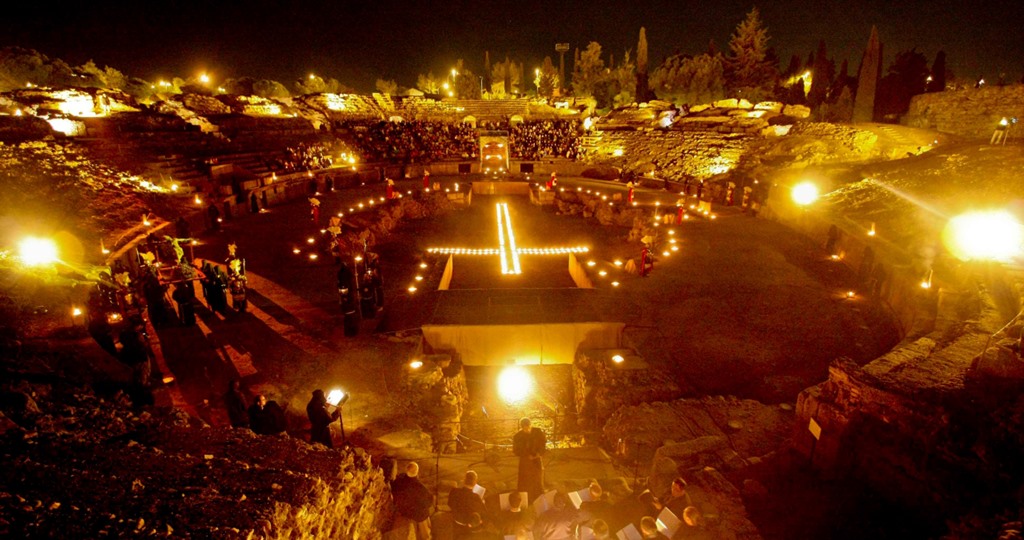
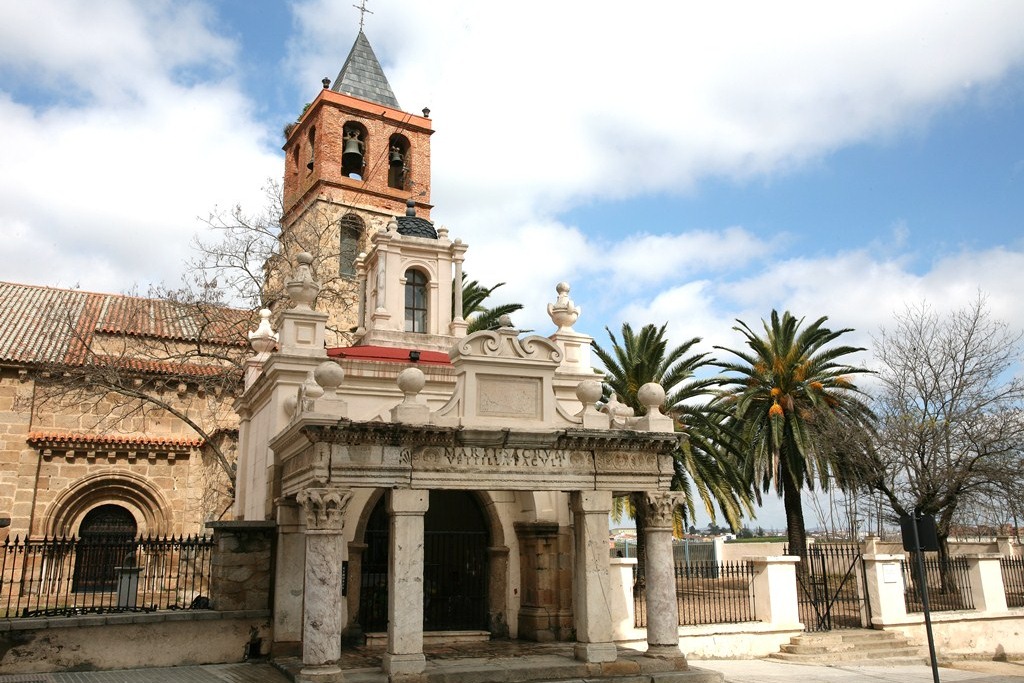
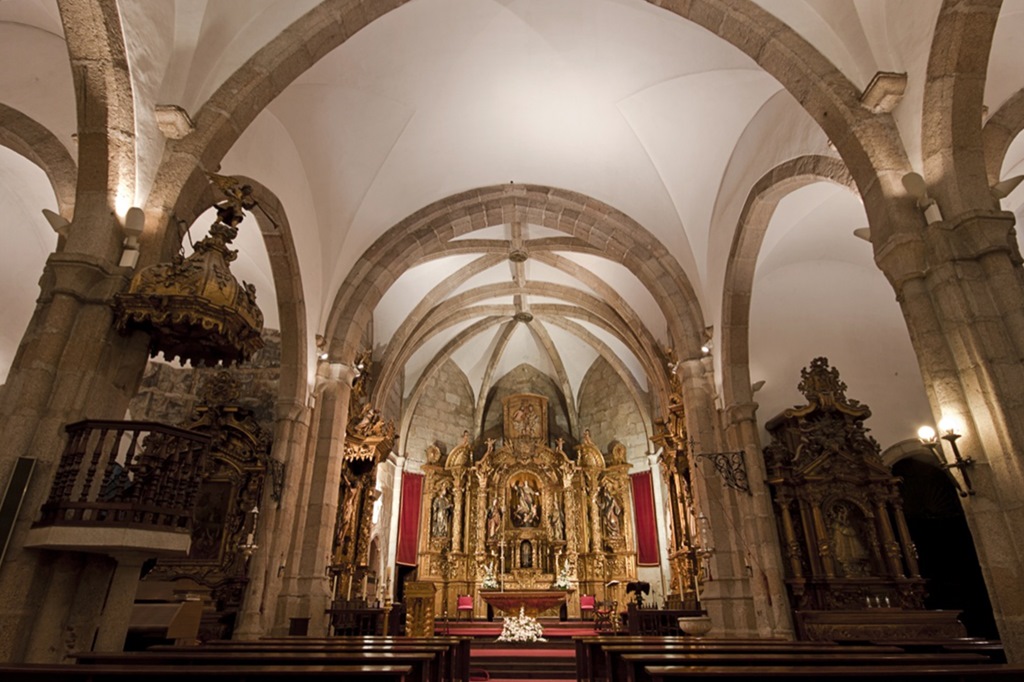
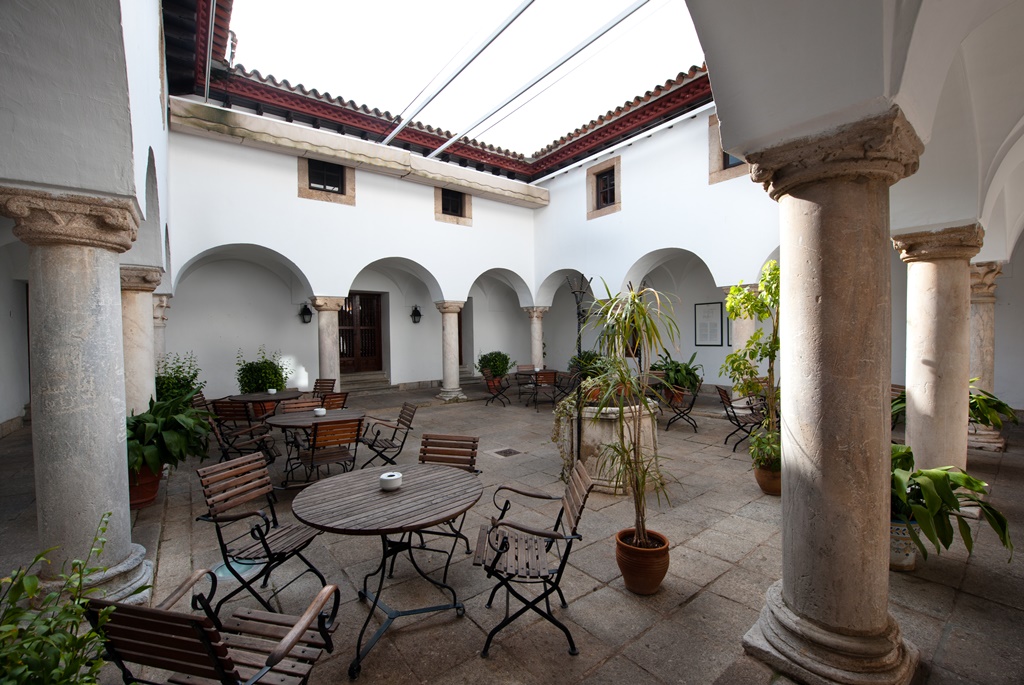
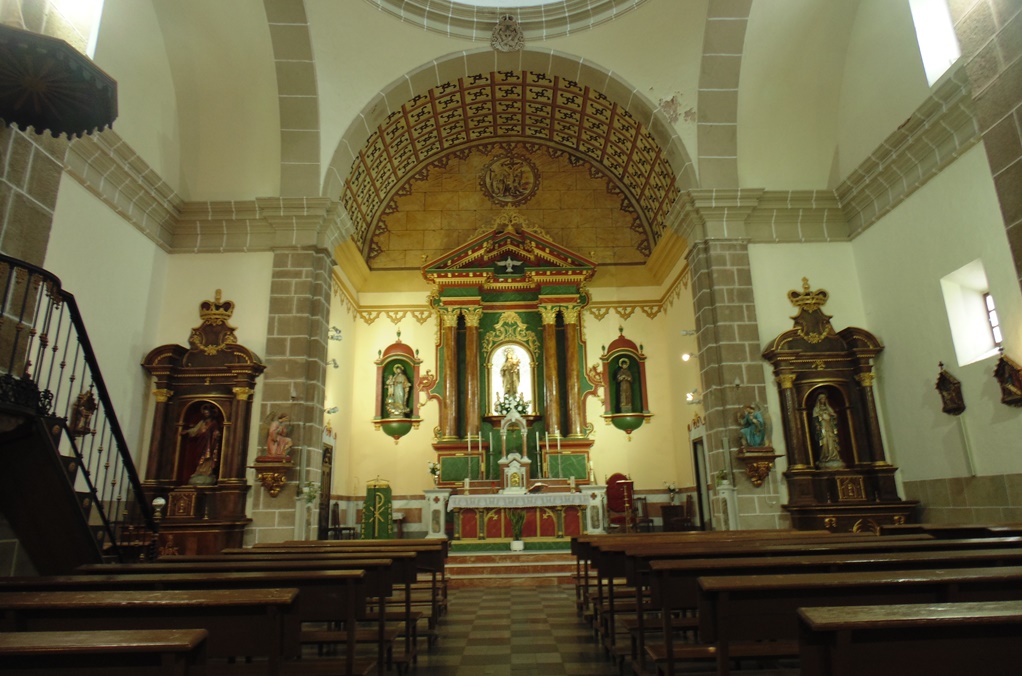
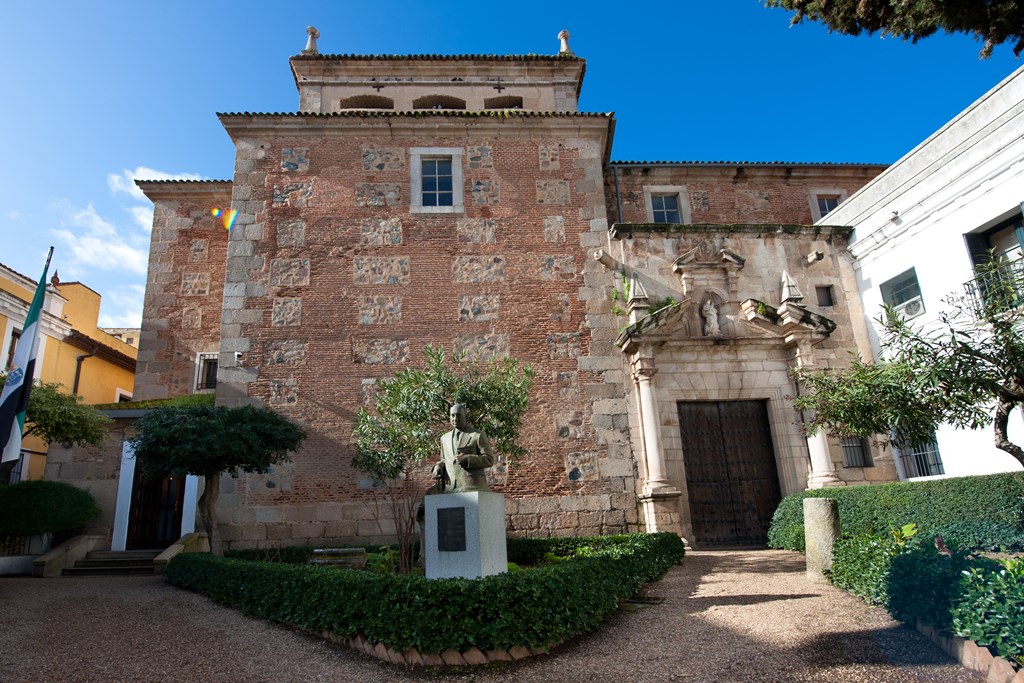
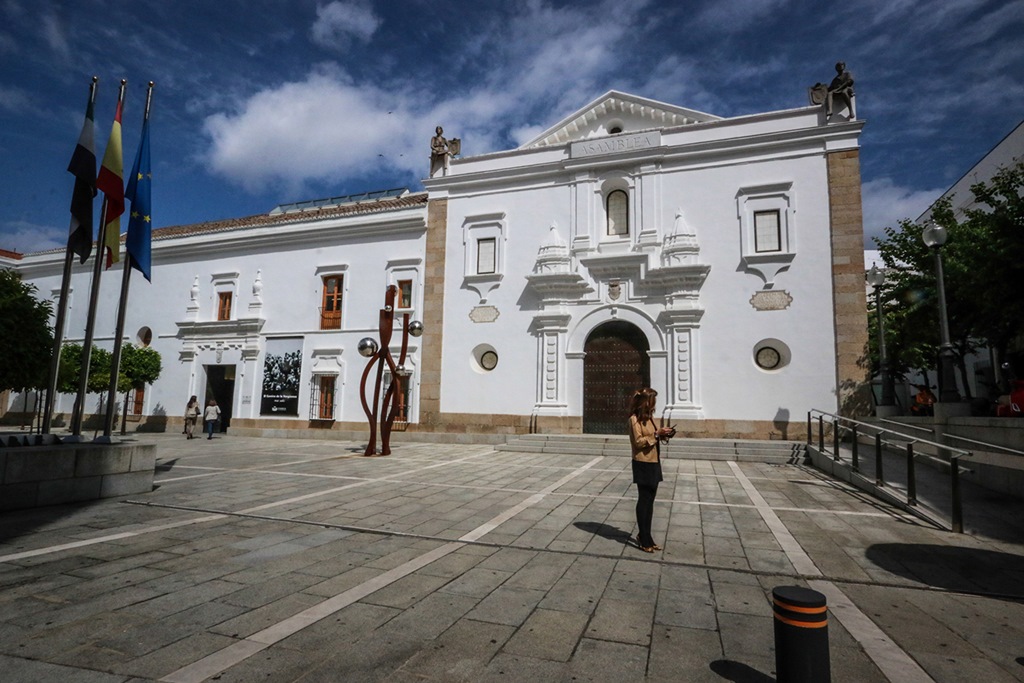
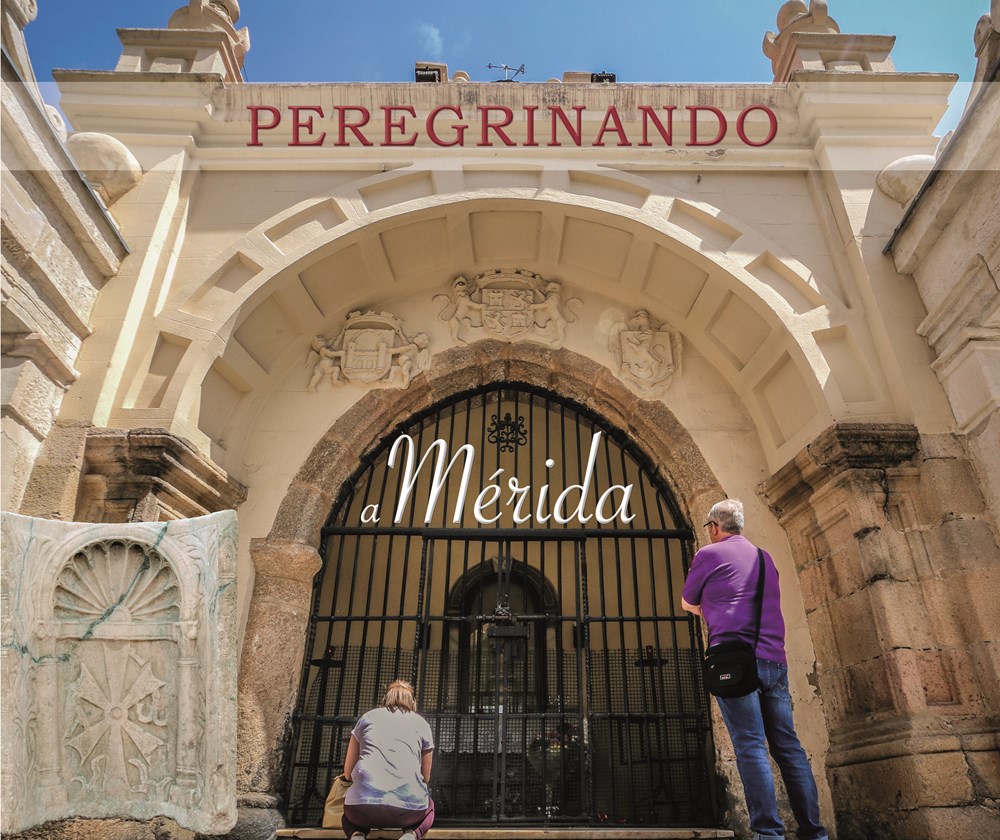 'Peregrinado a Mérida' (Pilgrimage to Mérida) is a book written by José María Álvarez Martínez and José Luis Mosquera Müller (chroniclers of the town), in which Agustín Velázquez, who delved into the Christian history of Mérida, collaborated too.
'Peregrinado a Mérida' (Pilgrimage to Mérida) is a book written by José María Álvarez Martínez and José Luis Mosquera Müller (chroniclers of the town), in which Agustín Velázquez, who delved into the Christian history of Mérida, collaborated too.

